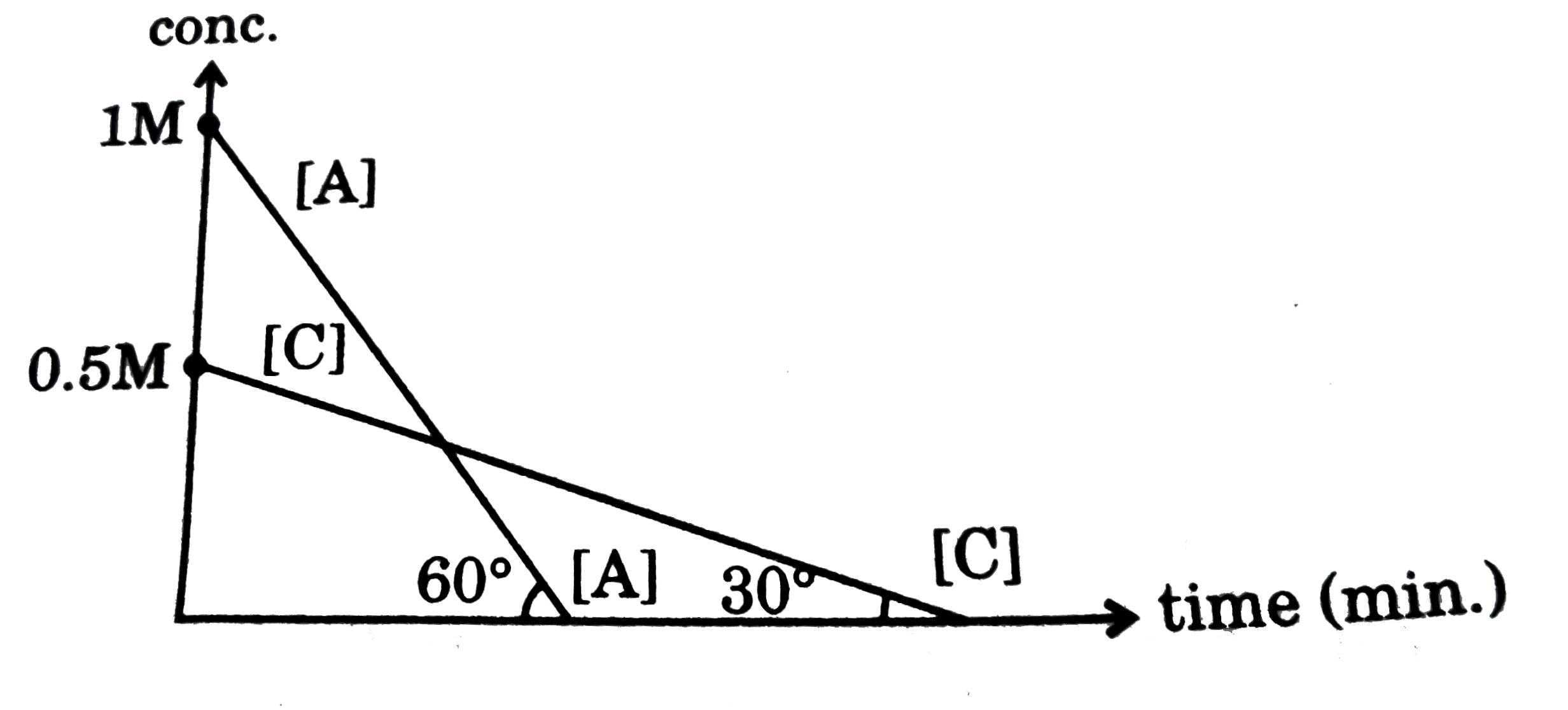Find out to which type of chemical reaction do the following changes belong. (Substitution reaction, addition reaction, polymerisation, thermal cracking)
a) Methane → chloromethane
b) Propane → polypropane
c) Hexane → Butene+ethane
d) Ethene → 1,2-dichloroethane Solution in Malayalam
a) Substitution reaction
b) Polymerisation
c) thermal cracking
d) addition reaction
Topper's Solved these Questions
Similar Questions
In which of the following rever-sible reactions does change in pressure not influence equili- brium? What is the reason? H2(g)+I2(g)↔2HI, N23H2(g)↔2NH3
02:34View SolutionFor the following metals A, B, C, D react with each other : (NR = No reaction) {:(A+B^(+)rarr NR,,B+C^(+) rarr NR),(B+D^(+) rarr B^(+)+D,,C+D^(+) rarr C^(+)+D),(A^(+)+C rarr C^(+)+A,,D+A^(+) rarr D^(+)+A):} Which is the order of the metals in increasing reducing strength?
11:20View SolutionFor the two reactions
Reaction I: A→B
Reaction II: C→D
following curves are plotted.
 Which of the following is incorrect options ? 05:02View Solution
Which of the following is incorrect options ? 05:02View SolutionComplete the following chemical reactions: (a) MnO_2+4HCL rarr (b) XeF_6+KF rarr (c) I^(-)(aq)+ H^(+)(aq)+O_2(g) rarr
01:53View SolutionAcetic acid rarr Methane This reaction is called as "__________" reaction.
04:10View SolutionGiven the following reaction involving A,B,C and D
(i) C+B+→C++B
(ii) A−+D→ NO reaction
(iii) C++A→ NO reaction
(iv) D+B+→D++B
the correct arrangement of A,B,C,D in the order of their decreasing ability as reducing agentView Solutionकिसी अभिक्रिया के रासायनिक बलगतिकी आँकड़ो से ज्ञात होता है कि इस अभिक्रिया कि दर है। यही यह क्रिया निम्न पदों में होती है-
(i) A+B→C (ii) A+C→D (iii) D+B→X
तो इस अभिक्रिया का दर निर्धारक पद-08:50View Solutionअभिक्रिया 2A+B→CD निम्न विधि से सम्पन्न होती है-
2A→A2 (तीव्र) एवं A2+B→C+D (मंद)
इस अभिक्रिया के लिए उचित व्यंजक है-02:05View SolutionThe compound (A) in the following reaction sequence is (A) overset(PCl_(5))(rarr) " (B) " overset("Alc.KOH")(rarr) " (C )" overset(H_(2)//Ni)(rarr) Propane.
05:24View SolutionThe compound (A) in the following reaction sequence is:
(A) PCl5−−→ (B) Alc KOH−−−−→ ( C) H2/Ni−−−→
Propane :View SolutionGive conversion reaction for methane → ethane.
02:35View SolutionOn the basis of given reactions,the correct order of increasing oxidising of A,B,C & D is. [(a)A−+B→A+B− , (b) C+D−→noreaction , (c) C−+B→noreaction, (d) D+A−→D−+A]
03:48View SolutionAddition reaction and substitution reactions are types of organic reactions. Which type of reaction is shown by : (i) Ethane (ii) Ethene
02:51View SolutionConsider this reaction: A +B rarr C + D + energy
04:13View SolutionA chemical reaction proceeds as follows:
A+C→D+F (Slow)
F+B→G (Fast)
G+C→E (Fast)
Suggest rate law,units for rate constant, and overall reaction.04:44View SolutionGiven the following reaction involving A,B,C and D (i) C+B^(+) rarr C^(+)+B (ii) A^(-)+D rarr NO reaction (iii) C^(+)+A rarr NO reaction (iv) D+B^(+) rarr D^(+)+B the correct arrangement of A,B,C,D in the order of their decreasing ability as reducing agent
02:08View Solution

